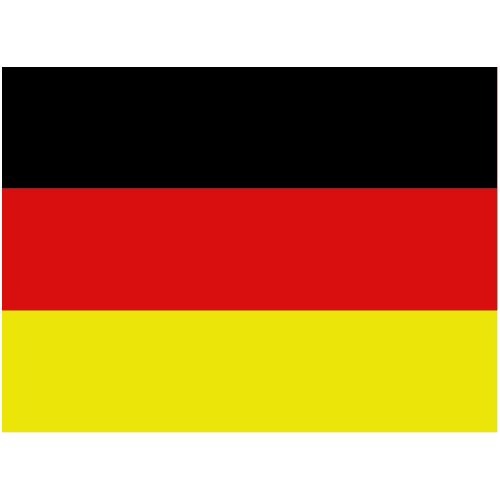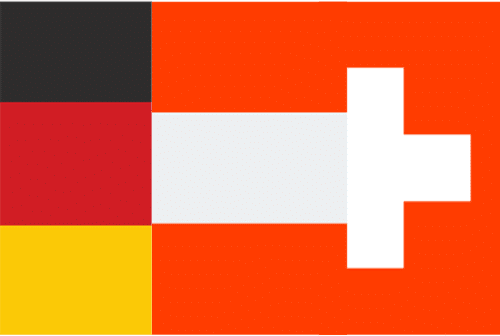These forms of brushed out wood structures are usually achieved with abrasive bristles for soft wood and with metal wire for hard wood.
To achieve structures with millimetre depths, for example 1-2 mm, only brush systems with metal wires are sufficient.
Matching the comparatively high volume of wood removal, these brushes, which in practice consist of rotating roller brushes, require brush hub bodies capable of taking high loads, a primary characteristic of the Arminius brush for texturing.
The ARMINIUS rotor brush has the major advantage that, for achieving the required structural depth, customers are able to mix such assemblies not only according to feed rate, pressure, speed and process repetition but also by mixing ratios that customers configure individually. Mixing in abrasive bristles also simultaneously removes the wood fibres produced by the structuring process to create surfaces that can then be oiled, coated or stained. A further benefit of ARMINIUS rotor brushes is their open construction, meaning that brushes can penetrate more deeply into the wood structure. This does without a further machining process if stronger structuring is needed and, as seen in the photograph, it is possible to combine a cylinder rotor brush and angle rotor brush to structurise not only surfaces but also edge profiles.
The brushing machines or brushing units equipped with such roller brushes must have correspondingly robust drive shafts and bearings and high drive dimensioning to supply suitable torques for operating speeds of between 2000 and 2500 rpm.
The drive shaft for example for a brush with axis length of 1200 mm and 300 mm outer diameter must have a diameter of at least 90 mm at through feeds of 5-8 m/min.
Brushes can be designed for individual structure requirements according to the type of structuring and removal capability of brush inserts – strip brushes with dovetail spine. Arminius makes available the various structuring sets for its rotor brushes to users for test purposes and also offers demonstrations in its manufacturing works.
In the brush sanding area, consisting of a finer finish of the previous surface or profile sanding with belts or profiled sanding wheels, Arminius offers a wide range of brush types and dimensions, including a of separately replaceable support brushes and sanding strips with slitting according to customer requirements. This relates to both insertion depth and the width of the slit strips and their outer contours, for example round, sharp or blunt. Short-notice supplies are always possible in the form of custom orders.
You are currently viewing a placeholder content from Google Maps. To access the actual content, click the button below. Please note that doing so will share data with third-party providers.
More InformationWhether in writing or by phone: We are always available for you!

ARMINIUS Schleifmittel GmbH
Paderborner Str. 65
D-32760 Detmold, Germany

ARMINIUS Schleifmittel GmbH
Paderborner Str. 65
D-32760 Detmold, Germany

ARMINIUS Schleifmittel GmbH
Paderborner Str. 65
D-32760 Detmold, Germany

Arminius Tooling Inc.
P.O. Box 68
FORESTON, MN 56330, USA

ARMINIUS Schleifmittel GmbH
Paderborner Str. 65
D-32760 Detmold, Germany

ARMINIUS Schleifmittel GmbH
Paderborner Str. 65
D-32760 Detmold, Germany

Arminius Tooling Inc.
P.O. Box 68
FORESTON, MN 56330, USA

ARMINIUS Schleifmittel GmbH
Paderborner Str. 65
D-32760 Detmold, Germany
You need to load content from reCAPTCHA to submit the form. Please note that doing so will share data with third-party providers.
More InformationYou are currently viewing a placeholder content from Facebook. To access the actual content, click the button below. Please note that doing so will share data with third-party providers.
More Information